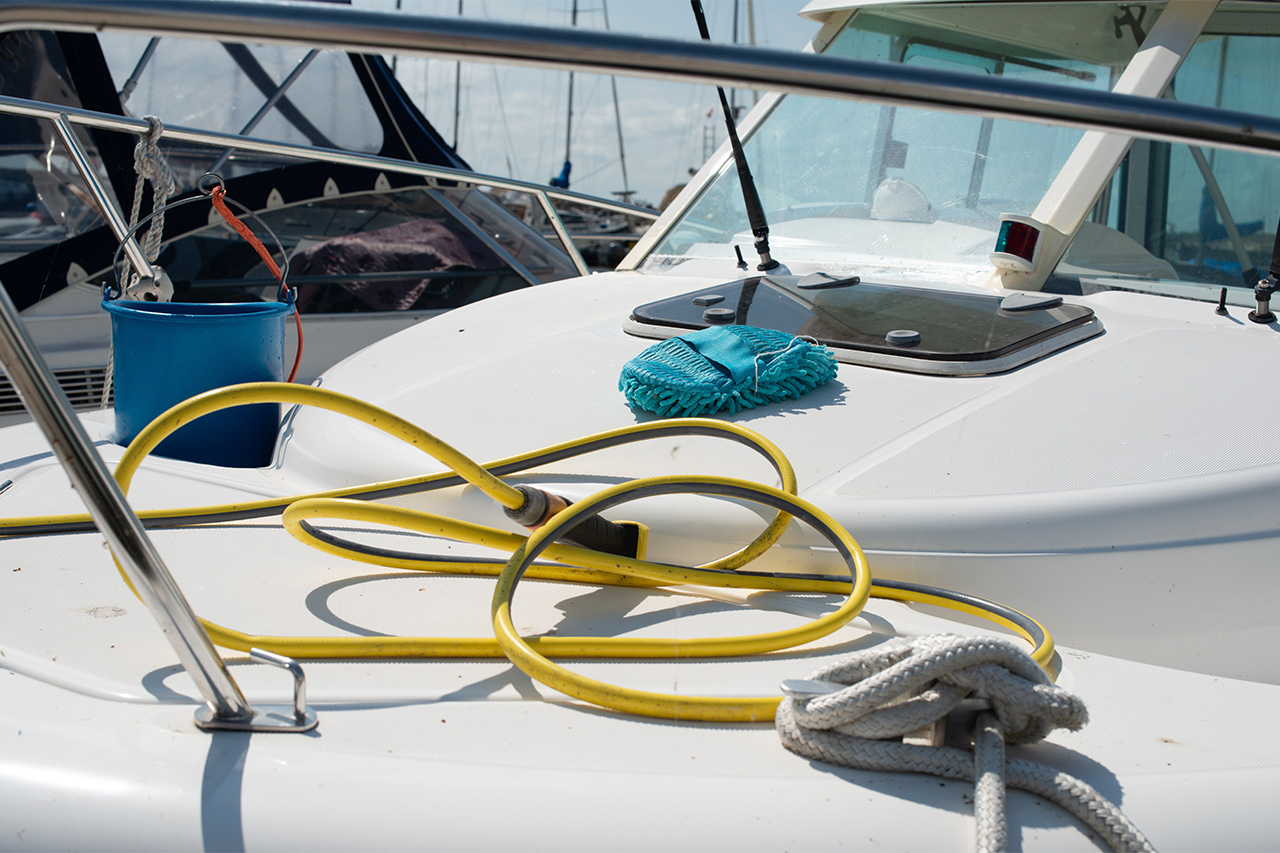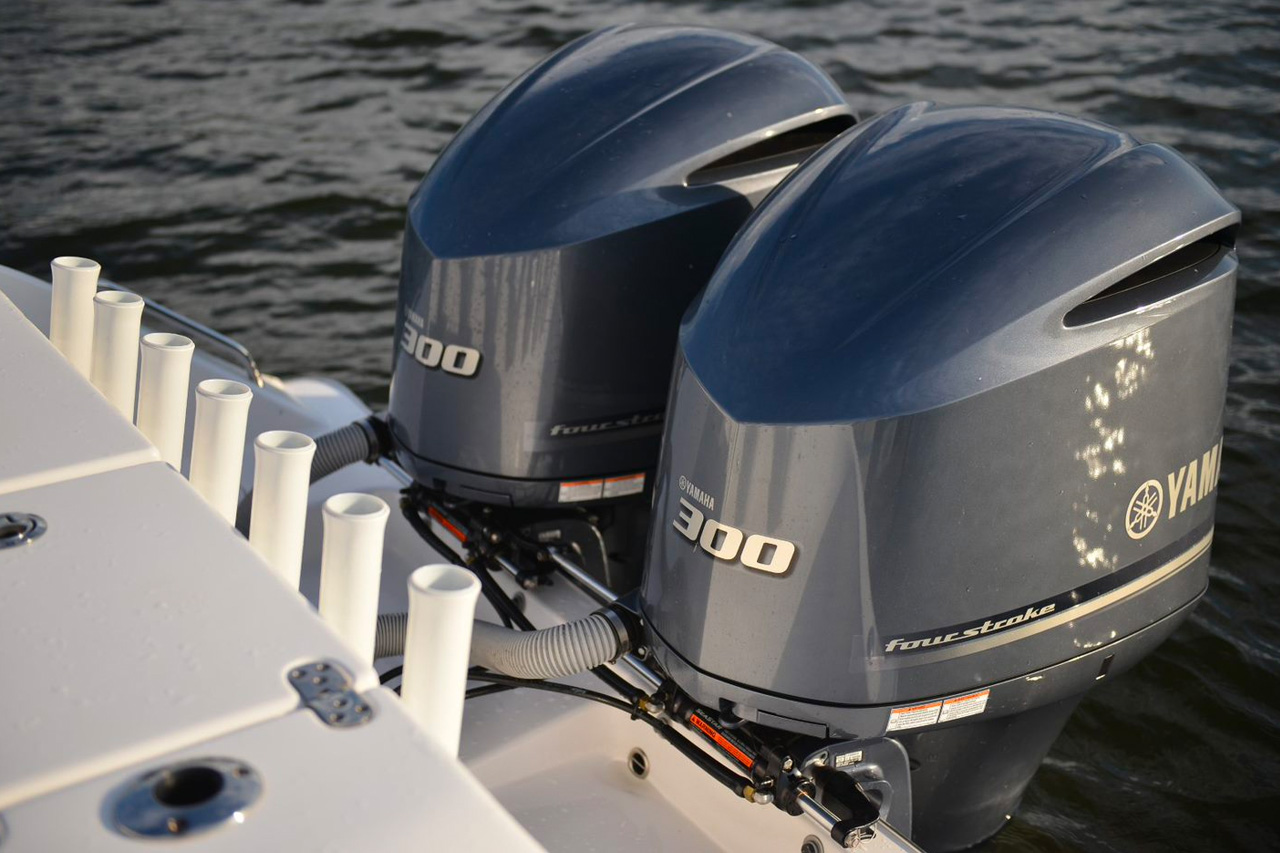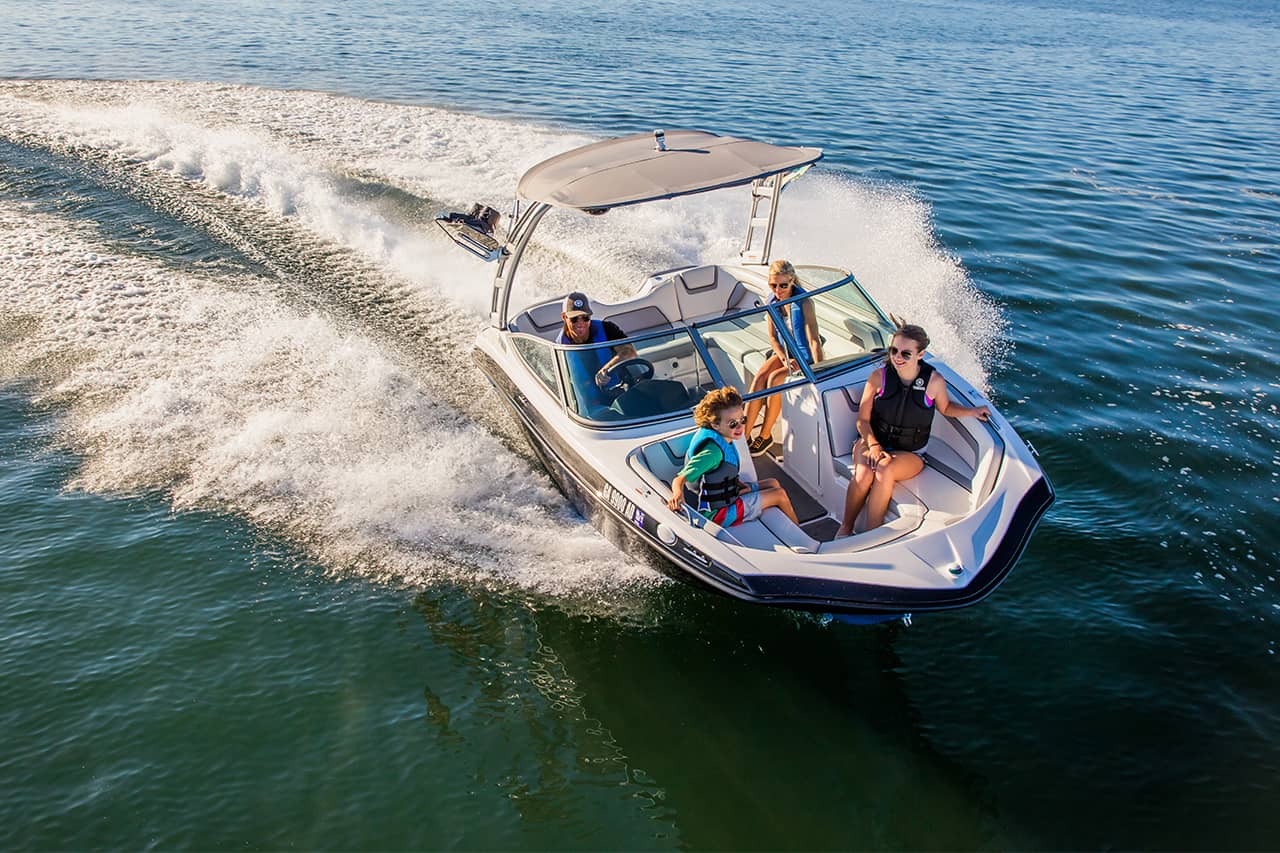10 Steps to Winterize Your Boat
In most parts of the country, unless you are about to sell your boat, you’re going to want to winterize your boat before you risk submitting it to the below-freezing temps that come with the late fall and winter season. Even if you use your boat all winter long, we recommend these steps to ensure your boat’s crucial operating systems are adapted for winter conditions. Conversely, if it’s a gentler season but your boat’s not being used, we recommend these steps. If you’re about to buy a used boat, be sure the previous seller winterized it every year. Ironically, the thing that poses the greatest risk to your boat during the winter season is actually water. In order to best protect your boat from water, ice, dry or humid air and other elements while it sits patiently awaiting the spring, use this checklist, and winterize your boat from the outside in:
01
Get all your prep done
Gather the proper equipment, materials, and supporting information.
Before you begin, the first when planning to winterize your boat is to properly assess everything, from whether or not to pull your boat from the water, to what type of storage would be best. The larger the boat, the more expensive hauling and storage may be, but if you’re able to store your boat out of the water, it saves the boat from inevitable wear and tear. But even in the water, proper winterization can ensure this is kept to a minimum. Once you’ve decided which way to go, be sure you’ve got all the necessary materials ready before getting started, and maybe about a weekend, depending on the size of your boat, of course.
02
Clean up the hull
Start with the most essential part of your boat before you work your way in.
Give your boat’s exterior a good pressure wash with a cleaner made for hull washing—remember to be sure the runoff doesn’t drain to any body of water. Once it’s cleaned up and ready to inspect, you’re going to want to make sure your hull doesn’t have any stress cracks, and repair any you find. When water gets in an expands upon freezing, this can aggravate and worsen these cracks. Then do the same for any gelcoat blisters. Pop, drain, dry, and seal those.
03
Take care of the interior
Prepare the living space of your boat to be hunkered down in adverse conditions without your care.
Declutter and store linens and décor. Remove any electronics if you’re not planning on using them. They’re best stored in a dry place, anyway. Inspect your interior for cracks and and tears. Repair them if possible. Then wash and treat those interiors with a protectant to keep them from drying and even cracking over the cold months. This one can really affect the price when you go to sell your boat, because it’s one of the first things buyers notice.

All of your freshwater systems need to be drained, but don’t forget about your livewells and washdown.
04
Flush your plumbing
Water anywhere becomes ice anywhere, which can damage your boat’s interior systems, too.
Flush out any and all of your boat’s freshwater systems: head, head and drain sinks, and showers, and clean them. Pour antifreeze down the drains. Then, ensure water is removed from all other boat systems like the bilge pump, livewells, and washdowns).
05
Treat your boat’s fuel with a stabilizer
Made specifically for this purpose, boat fuel stabilizers can save unnecessary fuel line damage.
Simply add the stabilizer it to the fuel supply, then run the engine for about 10 minutes afterwards. If you don’t do this, when sitting over the winter the boat’s fuel system can become clogged with deposits from varnish that can outright prevent you from running your boat, with repairs costing up to or even over $1,000. What a simple way to avoid an expensive fix!
06
Fog the engine cylinders
Coming in aerosol form, and branded and marketed by your engine’s manufacturer, “fogging” coats the inside of the engine to protect it.
Shut off the fuel supply by pinching the fuel line or using the valve, to burn up the rest of the fuel in the system, then pull out the spark plugs and spray the fog directly into the cylinders. Failing to do this may lead to corrosion which then coats your engine parts with abrasive buildup that will reduce performance and eventually cease the engine, one of the most expensive fixes you can incur, and one easily avoided.

Engine care takes up half the winterization steps on our list. Be sure to winterize it properly, or risk a significant cost if it gets damaged
07
Drain the engine*
*If you have a sterndrive or inboard. Outboards self-drain so if you have an outboard engine, you can skip this step.
Flush your engine with freshwater while it’s idling, making sure it doesn’t overheat, until the water comes out clean, and be sure it’s vertical to be sure all water is out. Fill it with the a propylene glycol antifreeze. Finally, use a pipe cleaner or wire to clean around the engine telltales—the signal lights—with a wire so they’re nice and clean around the edges.
08
Change the oil
This will minimize wear and tear and corrosion by eliminating the moisture that builds up in the oil over time, saving excessive wear and tear.
Some boaters even recommend changing the water at the beginning and end of the winter to, once again, ensure there’s no moisture that built up over the season.
09
Cover it up*
*(unless you’re paying for indoor storage)
When figuring out the size cover for your boat when you trailer it, you’re going to want to be sure it protects the waterline. Polytarps, most popular for the purpose, are affordable and work fine, but should be used with a frame that will protect your boat from the weight of snow or ice building up and putting pressure on weak areas of your boat. You can fasten a homemade frame together by using PVC pipe or buy a kit designed for this purpose, usually made from aluminum tubing and clamps you can use to custom build the frame. Obviously the main goal is to seal the boat, so the tarp should be tied tightly and/or taped to be sure no elements can get inside. An alternative to tarping your boat is shrink wrap, that will resist snow, ice and even falling objects, as long as it’s installed correctly.

Covering your boat takes more effort than just wrapping it in a polytarp. Makes indoor storage even more appealing… [IMAGE: boat covered with a cover]
10
Disconnect the battery
Leaving a battery unused will drain its energy and shorten its life.
When working to winterize your boat, charge the battery to full capacity, and then disconnect it. While you can “trickle-charge” the battery with a separate unit you can buy, which slowly charges it over a long period of time to keep it cycling, you can also just unplug your battery, and store it in a safe, dry place while your boat is hibernating.
